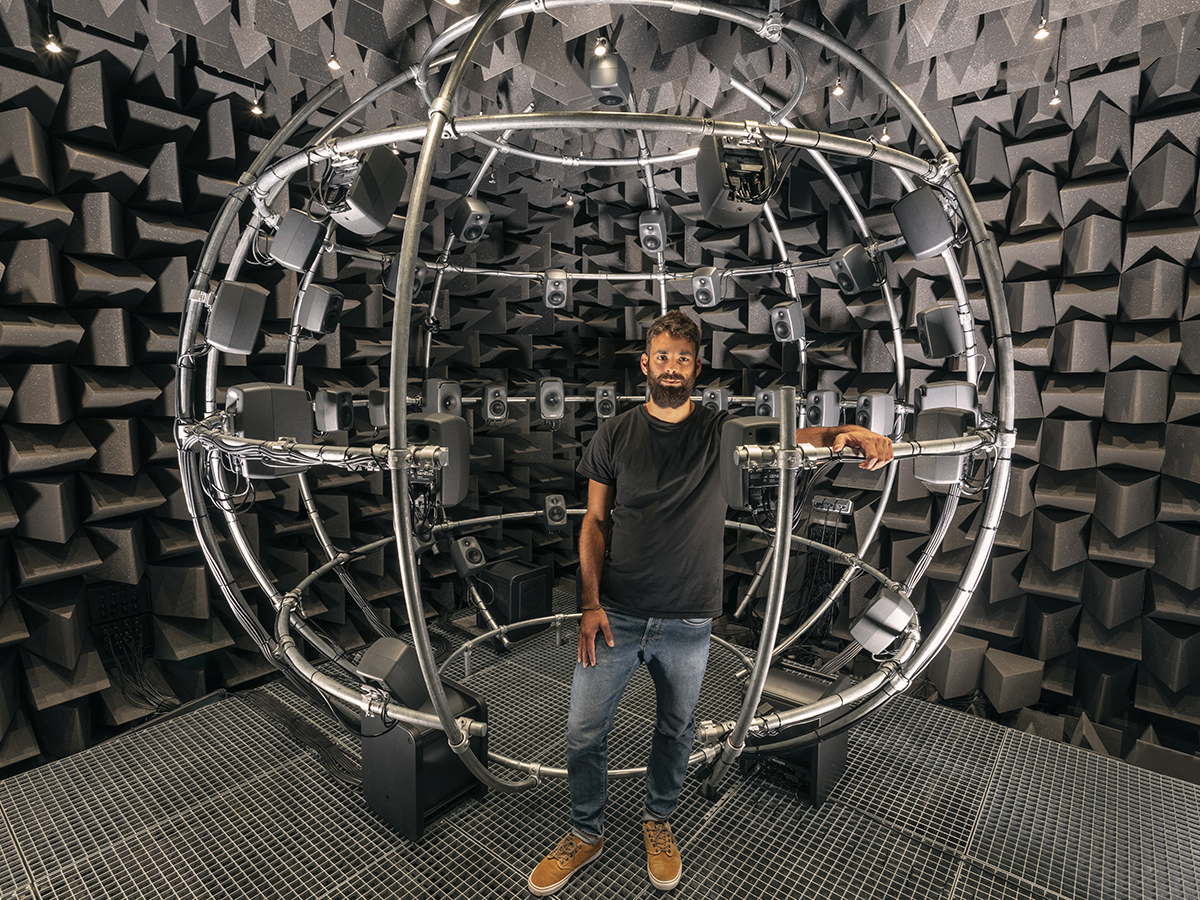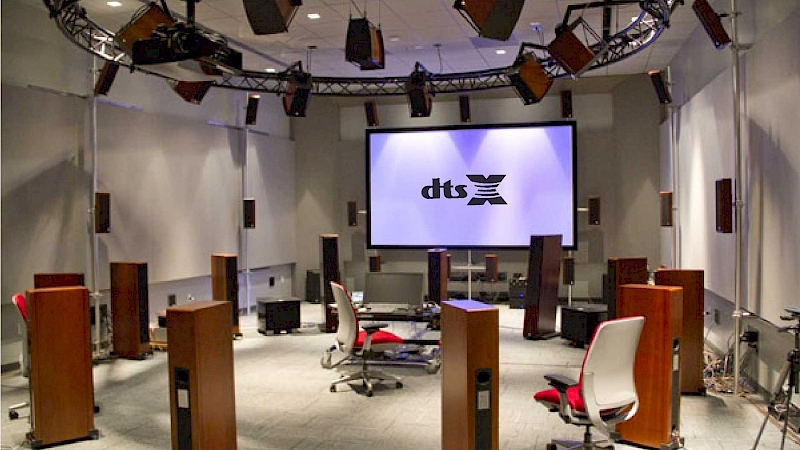I also think that hearing a sufficient amount of direct sound and a properly set up speaker positioning that locks in the phantom center will make the speakers "disappear".I can’t back this up scientifically, but I think the phenomenon of speakers “disappearing” is related to hearing sufficient direct sound and stereo separation that the sound is apparently between the speakers. As reflected sound increases, the sound field becomes a more diffuse wall of sound and any central image less distinct.
I don’t think the effect is typically due to speaker distortion that causes you to locate the speaker in space as much as a weak center image.
Increasing direct vs reflected sound and having good frequency response off axis should both help achieve the effect.
As we all understand, a single speaker can never disappear no matter how much reverb sound our listening room adds to the equation, already there we have "the proof" that the listening room cannot be the factor that makes our speakers do the disappearing act. We need two speakers playing together, two sound sources properly set up that will give us "a window" to the recorded room, and for that to happen we need to reduce the reverberation from our listening room and get the positioning of the speakers just right.
My speakers can disappear depending on the recording. I have them set up in a 60-degree equilateral triangle with a distance between them small enough to get a distinct center image, the short distance to the listener position will also give me a fair amount of direct sound over the reverb from my listening room. But like I said it depends on the recordings, the speakers can of course never "escape" hard-panned dry sounds.


